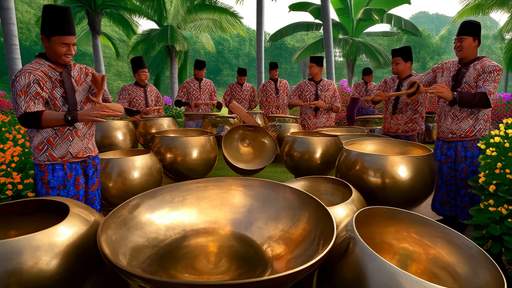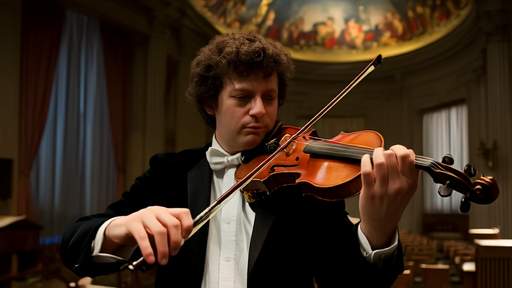The haunting melodies of the Burmese saung-gauk, an arched harp with roots stretching back over a millennium, echo through time as one of humanity's most enduring musical treasures. Often described as the last surviving harp of the ancient world, this delicate instrument carries within its teak frame and silk strings the whispers of lost empires, royal courts, and spiritual traditions that have shaped Southeast Asia's cultural identity.
Unlike its European cousins with their perpendicular string arrangement, the saung's distinctive silhouette curves like a swan's neck, its strings radiating outward from a resonating body covered in deer hide. The craftsmanship involved remains astonishingly unchanged - artisans still use the same techniques documented in 8th-century Pagan temple carvings, where celestial musicians pluck identical instruments amid scenes of heavenly revelry. This uninterrupted lineage makes the saung not merely an artifact, but a living bridge to our shared musical past.
The saung's survival defies modern expectations. While harps vanished from neighboring cultures centuries ago, swallowed by political upheavals and changing tastes, Burmese musicians preserved their harp through sheer cultural stubbornness. Court musicians during the Konbaung Dynasty (1752-1885) elevated the instrument to new heights, developing complex plucking techniques and an extensive repertoire of mahagita ("great music") compositions that required mastery of all twenty-four Burmese modal scales. Even when British colonization disrupted royal patronage, the harp found sanctuary in Buddhist monasteries and village troupes.
Modern ethnomusicologists marvel at how the saung encapsulates entire eras of musical evolution. Its sixteen strings - traditionally made from twisted silk, though now often nylon - produce a sound unlike any Western harp: intimate yet resonant, with a buzzing quality created by small paper rings placed on each string. The tuning system follows ancient principles that predate equal temperament, offering microtonal shades Western instruments cannot replicate. When master harpists perform classical pieces like "Yodaya" or "Bawle", they're essentially playing medieval music with living authenticity.
Contemporary challenges threaten this fragile tradition. Fewer than twenty true saung masters remain in Myanmar, most advanced in age, and the decade-long process to achieve proficiency deters modern students. Political instability has further isolated practitioners from international preservation efforts. Yet glimmers of hope emerge - young Burmese musicians are experimenting with fusion styles, while Japanese luthiers have begun producing high-quality saungs to make the instrument more accessible. The very fact that we can still hear this sonic relic of humanity's musical dawn remains nothing short of miraculous, a testament to cultural resilience in an ever-changing world.

By /Jun 6, 2025

By /Jun 6, 2025

By /Jun 6, 2025

By /Jun 6, 2025

By /Jun 6, 2025

By /Jun 6, 2025

By /Jun 6, 2025

By /Jun 6, 2025

By /Jun 6, 2025

By /Jun 6, 2025

By /Jun 6, 2025

By /Jun 6, 2025

By /Jun 6, 2025

By /Jun 6, 2025

By /Jun 6, 2025

By /Jun 6, 2025

By /Jun 6, 2025

By /Jun 6, 2025

By /Jun 6, 2025

By /Jun 6, 2025